
During Lent, we should; live as children of the light, performing actions good, just and true (see Ep 5:1-9)
Good Friday, the entire Church fixes her gaze on the Cross at Calvary. Each member of the Church tries to understand at what cost Christ has won our redemption. In the solemn ceremonies of Good Friday, in the Adoration of the Cross, in the chanting of the 'Reproaches', in the reading of the Passion, and in receiving the pre-consecrated Host, we unite ourselves to our Savior, and we contemplate our own death to sin in the Death of our Lord. The Church - stripped of its ornaments, the altar bare, and with the door of the empty tabernacle standing open - is as if in mourning. In the fourth century the Apostolic Constitutions described this day as a 'day of mourning, not a day of festive joy,' and this day was called the 'Pasch (passage) of the Crucifixion.' The liturgical observance of this day of Christ's suffering, crucifixion and death evidently has been in existence from the earliest days of the Church. No Mass is celebrated on this day. Traditionally, the organ is silent from Holy Thursday until the Alleluia at the Easter Vigil , as are all bells or other instruments, the only music during this period being unaccompanied chant. The omission of the prayer of consecration deepens our sense of loss because Mass throughout the year reminds us of the Lord's triumph over death, the source of our joy and blessing. The desolate quality of the rites of this day reminds us of Christ's humiliation and suffering during his Passion. We can see that the parts of the Good Friday service correspond to the divisions of Mass:
-Liturgy of the Word - reading of the Passion.
-Intercessory prayers for the Church and the entire world, Christian and non-Christian.
-Veneration of the Cross
-Communion
-Liturgy of the Word - reading of the Passion.
-Intercessory prayers for the Church and the entire world, Christian and non-Christian.
-Veneration of the Cross
-Communion
The Veneration of the Cross
In the seventh century, the Church in Rome adopted the practice of Adoration of the Cross from the Church in Jerusalem, where a fragment of wood believed to be the Lord's cross had been venerated every year on Good Friday since the fourth century. According to tradition, a part of the Holy Cross was discovered by the mother of the emperor Constantine, St. Helen, on a pilgrimage to Jerusalem in 326. A fifth century account describes this service in Jerusalem. A coffer of gold-plated silver containing the wood of the cross was brought forward. The bishop placed the relic on the a table in the chapel of the Crucifixion and the faithful approached it, touching brow and eyes and lips to the wood as the priest said (as every priest has done ever since): 'Behold, the Wood of the Cross.' Adoration or veneration of an image or representation of Christ's cross does not mean that we are actually adoring the material image, of course, but rather what it represents. In kneeling before the crucifix and kissing it we are paying the highest honor to the our Lord's cross as the instrument of our salvation. Because the Cross is inseparable from His sacrifice, in reverencing His Cross we are, in effect, adoring Christ. Thus we affirm: 'We adore Thee, O Christ, and we bless Thee because by Thy Holy Cross Thou has Redeemed the World.'
The Reproaches and the Reading of the Passion
The Reproaches (Improperia), are often chanted by a priest during the Good Friday service as the people are venerating the Cross. In this haunting and poignant poem-like chant of very ancient origin, Christ himself 'reproaches' us, making us more deeply aware of how our sinfulness and hardness of heart caused such agony for our sinless and loving Savior. A modern translation of the some of the Reproaches, originally in Latin follows: My people, What have I done to you? How have I offended you? Answer me!I led you out of Egypt; but you led your Savior to the Cross. For forty years I led you safely through the desert,I fed you with manna from heaven,and brought you to the land of plenty; But you led your Savior to the Cross.O, My people! What have I done to you that you should testify against me? Holy God. Holy Mighty One. Holy Immortal One, have mercy on us. Three times during Holy Week the Passion is read - on Passion Sunday, Holy Thursday, and Good Friday. By very ancient tradition, three clergy read the three principal parts from the sanctuary: Jesus (always read by a priest), Narrator, and all the other individual parts. The people also have a role in this - we are those who condemn the Lord to death. Hearing our own voices say 'Away with Him! Crucify him!' heightens our consciousness of our complicity by our personal sinfulness in causing His death.






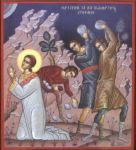







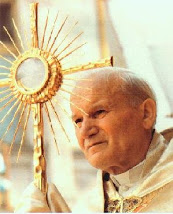

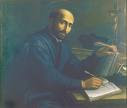




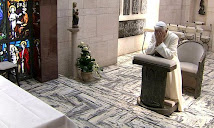




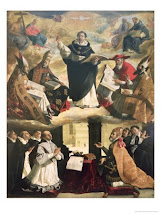
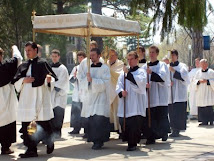

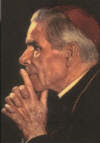

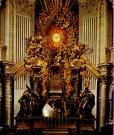
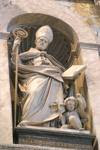



No comments:
Post a Comment